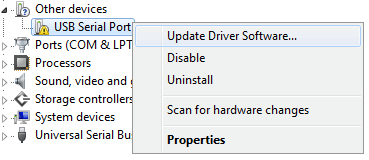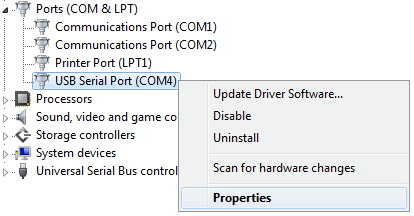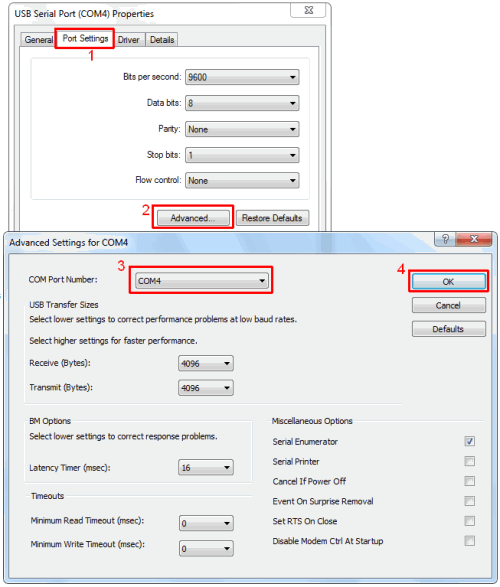Credit: Thomas L Sauer III









![]()
Credit: Eddy
If you have recently swapped your Maxima with a newer 2016+ Engine, you will notice that it comes with BLUE OEM Nissan coolant. You can choose to keep it blue or switch back to green no matter which engine you have (Gen1/2/3). In this post, you will see the differences and honestly it’s up to you on when to change. The main difference is longevity of the coolant.
Both color coolants will work equally as well in your Nissan, so in terms of a performance benefit there really isn’t a difference at all. It won’t make your car cooler or less cooler. Green is less expensive and we would honestly recommend that. You also don’t need to use Nissan OEM. Aftermarket will work just fine and can be found significantly much cheaper (PRESTONE, SUPER TECH or PEAK).
When it comes to the time frame, Nissan Green Coolant has a shorter time span than the blue. Nissan recommends changing it every four years or every 60,000 miles.
Nissan’s Blue Coolant is built to last for a much longer time. This coolant should last at least 10 years or 135,000 miles; however, it is ideal to change the coolant after seven years of use or 105,000 miles. Future coolant changes with Nissan Blue should be every 5 years or 120,000 km (75,000 miles).

![]()
Credit: Eddy
There has been a lot of discussion in the Nissan Maxima community around the crankshaft pulley and whether it’s a dampener or balancer. Despite how often people get them confused, a crank pulley, a vibration damper, and a harmonic balancer are three different things. Kind of like they’re, their, and there. The crank pulley on a VQ acts as a vibration damper, but it is not a harmonic balancer. The VQ is internally balanced.
What is often called Harmonic Balancer is really a Harmonic Damper. Nissan doesn’t use either term. The factory service manual identifies the part as Crankshaft Pulley. The main purpose of a harmonic damper is to control harmonic vibration, not to balance the engine’s rotating assembly. It has nothing to do with engine balance. That’s the elastomer ring that binds the outer pulley to the inner pulley. Just about every car manufacturer uses a thin rubber ring between two concentric pieces of a crankshaft pulley. The amount of damping can be varied by how thick the ring is.
As for the underdrive pulley vs. light-weight stock pulley… the light-weight stock size pulley will help you rev faster and may free up some horsepower because it is lighter than the stock pulley. An underdrive pulley (UDP) will do the same things, but it will do them a little better because it is smaller and even lighter, and, due to its smaller size, also takes less power away from your engine to drive your alternator and air conditioning compressor. Most people don’t really notice the loss in electrical power or AC efficiency unless they have big audio systems.
It’s important to note that both pulleys are solid and do not have vibration dampers. Also, the UDP will require you to use a smaller accessory belt. Take those as you will.
Most UDP failures have been the pulley itself due to cheap quality. The majority of VQ owners have never had an issue with “upgraded” pulleys.

![]()
Member Credit: Aaron Litchfield
The following are the most appropriate modifications that you can do to your maxima broken down by year. For all y’all that are new to the game.




 7th gen: cvt is life. Make it pretty. My7thgen has lots of examples of good ways to do this.
7th gen: cvt is life. Make it pretty. My7thgen has lots of examples of good ways to do this.

![]()
Dearly Beloved,
We are gathered here today, UNITED, by the gospel of the sticker. We bask in it’s glorious saving grace, as it enhances our cars performance by adhering itself to our windows. WE TESTIFY IN UNITY, IN SOLIDARITY, THAT THE GOSPEL OF THE 4DSC STICKER WILL NEVER DIE! Brothers and Sisters rejoice! For the time of our salvation is at hand. STICKERS ARE THE WAY, THE TRUTH, and THE LIGHT, and whosoever peels away the film and embraces the gospel, SHALL RECEIVE THE TRUE POWER, and ALL civics and mustangs shall TREMBLE!!! For they shall know that WE CAN DO ALL THINGS THROUGH STICKERS WHICH STRENGTHEN US!!!
Love Aaron,
Amen

![]()
Owner: Lee Gillman
Year: 2002
Model: Maxima
Current Color: Custom Rat Rod Rust Colors
Transmission: 6-Speed Manual
Trim: SE
Social Media:





















![]()
(DO NOT connect cable to your computer yet. Only do this when you’re instructed below.)
Here’s how to install on different Windows versions…
Windows Vista, 7, 8, 8.1, 10:
Windows XP:
Troubleshooting: If Drivers Failed To Install:

 If the COM port number is between 1-4, then everything is fine. Move onto Step 3.
If the COM port number is between 1-4, then everything is fine. Move onto Step 3.
 If the COM port number is above 4, then we’ll have to change it so it’s between 1-4. Here’s how…
If the COM port number is above 4, then we’ll have to change it so it’s between 1-4. Here’s how…
Right-click on “USB Serial Port” and click on “Properties” — as per below pic:

Then:
Click: Port Settings
Click: Advanced
For “COM Port Number” — you MUST choose any number between 1-4.

That’s it! Now let’s test if everything is working. Move onto next step below…
Open Nissan DataScan II and try to connect.
![]()
Owner: Joey Edwin
Year: 2002
Model: Maxima
Color: Charcoal
Trim: SE



![]()